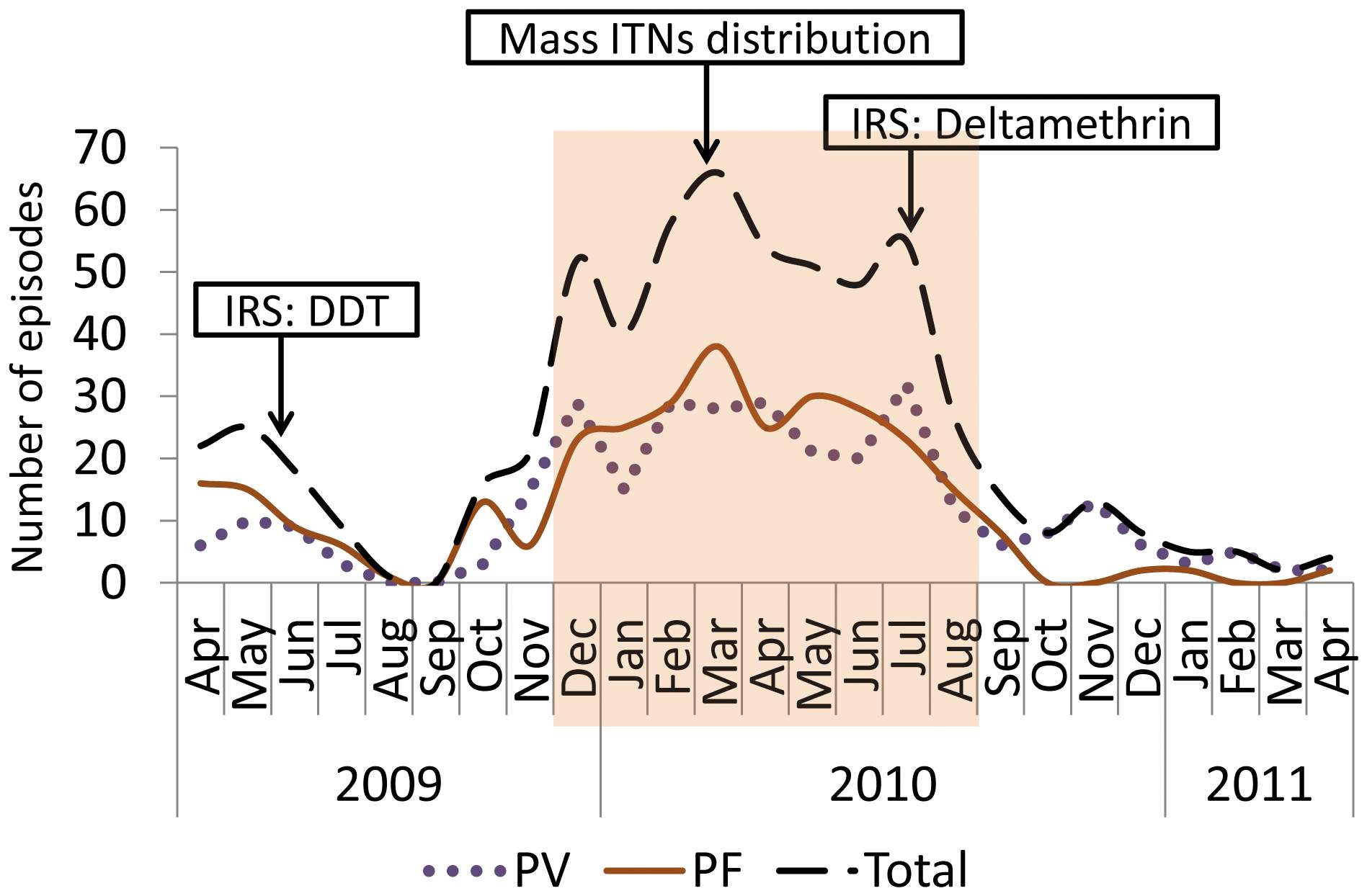This is a report on the Anopheles fauna found in three different villages located at three different altitudes ranging from 1,800 meters to 2,200 metres, showing the human/cattle blood meal preference for each species and the sporozoite rate and entomological inoculation rate for the vectors.
Animut A, Balkew M, Gebre-Michael T and Lindtjørn B. Blood meal sources and entomological inoculation rates of anophelines along a highland altitudinal transect in south-central Ethiopia. Malaria Journal 2013, 12:76 doi:10.1186/1475-2875-12-76
Background The role of anophelines in transmitting malaria depends on their distribution, preference to feed on humans and also their susceptibility to Plasmodium gametocytes, all of which are affected by local environmental conditions. Blood meal source and entomological inoculation rate of anophelines was assessed along a highland altitudinal transect in south- central Ethiopia.
Methods Monthly adult anopheline sampling was undertaken from July 2008 to June 2010 in Hobe (low altitude), Dirama (mid altitude) and Wurib (high altitude) villages located at average elevations of 1800 m, 2000 m and 2200 m, respectively. Anophelines were collected using CDC light trap, pyrethrum space spray catches (PSC) and artificial pit shelter methods. Upon collection, females were categorized according to their abdominal status and identified to species. Their human blood index, sporozoite rate and entomological inoculation rate was determined.
Results A total of 4,558 female anophelines of which Anopheles arabiensis was the most prevalent (53.3%) followed by Anopheles demeilloni (26.3%), Anopheles christyi (8.9%), Anopheles pharoensis (7.9%) and Anopheles cinereus (3.6%) were caught and tested for blood meal source or sporozoite infection depending on their abdominal status. The proportions of human fed and bovine fed An. arabiensis were generally similar. In the low altitude village, there were 0.3% (1/300) and 0.2% (1/416) Plasmodium falciparum infected An. arabiensis among the CDC trap catches and PSC respectively. The percentage of Plasmodium vivax infected An. arabiensis were 3% (9/300) and 0.7(3/416) among the CDC and PSCs respectively in the village. In addition, there were 1.4% (1/71) and 50% (1/2) P. vivax infected An. pharoensis from the CDC light trap and PSCs, respectively. In the mid altitude village, 2.5% (1/40) and 1.7% (1/58) from among the CDC and PSCs of An. arabiensis respectively carried P. vivax sporozoites. Among the CDC light trap catches; there were 3.7 and 0 P. falciparum infective bites per year per household for An. arabiensis in the years July 2008 to June 2009 and July 2009 to June 2010 respectively in the low altitude village. The corresponding numbers for P. vivax infective bites for An. arabiensis were 33 and 14.5 in the same village. Space spray catches revealed 0.32 P. vivax infective bites per household for An. pharoensis during the first year in the low altitude village.
Conclusion Anopheles arabiensis was the most prevalent vector of P. vivax and P. falciparum malaria in the low and mid altitude villages followed by An. pharoensis. Annual entomological inoculation rates showed that vivax malaria transmission was higher than that of the falciparum and both decreased with increase in altitude.

 Background
Background